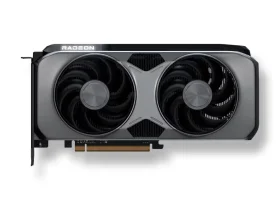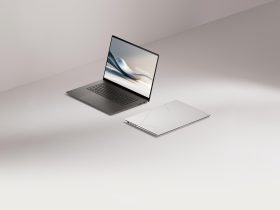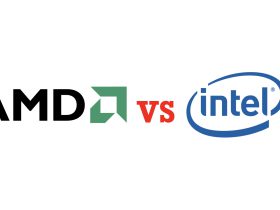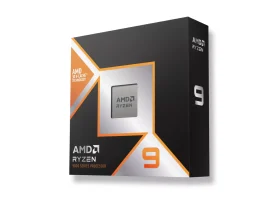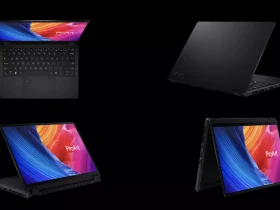Samsung Misses Profit Forecasts as Chip Division Collapses
Samsung Electronics reported its second-quarter operating profit at 4.7 trillion Korean won ($3.38 billion), falling short of analyst expectations due to a sharp 93.8% drop in chip business earnings.
Though the result slightly beat Samsung’s internal forecast of 4.6 trillion won, it represents a massive fall from 10.44 trillion won in Q2 2024. The company’s revenue climbed slightly to 74.6 trillion won, up from 74.07 trillion won a year ago.
Memory Chip Business Takes a Severe Hit
The steep decline came primarily from Samsung’s Device Solutions division, which houses its semiconductor and foundry units. The segment reported a Q2 operating profit of just 400 billion won, a major fall from 6.45 trillion won during the same quarter last year.
Revenue from chips dropped to 27.9 trillion won, compared to 28.56 trillion won in Q2 last year. Samsung attributed the dip to “inventory value adjustments” in memory and one-time costs linked to export restrictions in the non-memory segment.
Cautious Optimism for Second-Half Recovery
Despite these setbacks, Samsung CFO Soon-cheol Park shared a cautiously optimistic outlook for the remainder of the year.
“The IT industry appears poised for a gradual recovery fueled by growing AI and robotics momentum,” he said during the earnings call. He expects earnings to steadily improve in the second half, with Q2 marking the bottom.
Additionally, Samsung pointed out that the conclusion of U.S.–South Korea trade talks helped reduce uncertainty. Still, it warned of ongoing risks tied to Washington’s semiconductor industry probe, which may bring new tariffs.
Foundry Business Seeks Growth Through AI Chips and U.S. Deals
Noh Mi-jung, VP of Samsung’s Foundry division, expressed hope for stronger revenues in H2, citing the full-scale production of 2-nanometer mobile chips.
A potential game-changer is Samsung’s recent $16.5 billion chip supply contract, reportedly with Tesla, to produce AI6 chips at its upcoming Texas factory. Elon Musk confirmed the partnership, hinting that the deal’s scale could increase.
Analysts believe this collaboration may attract more clients to Samsung’s foundry services, although some warn of higher production costs in the U.S. compared to Korea.
Still, Arete Research analyst Nam Hyung Kim noted it’s too early to declare this a decisive win against TSMC, the current market leader.
Intense Competition in the Memory Market
Samsung continues to battle fierce competition in the memory space. Once the global leader, the firm now trails SK Hynix in the race to dominate high-bandwidth memory (HBM)—a key component in AI computing.
A Counterpoint Research report showed SK Hynix matching Samsung’s Q2 memory revenues, indicating a neck-and-neck race. Analysts believe SK Hynix will maintain its lead in HBM chips through the end of the year.
In response, Samsung says it is working to certify its latest HBM chips with Nvidia, aiming to regain ground in the AI hardware sector. The company also plans to expand offerings of AI-optimized, high-value chips to boost profitability.
Mobile and Networks Division Boosts Overall Earnings
Samsung’s Mobile Experience and Networks business saw a solid quarter, helping offset chip-related losses. The unit recorded an operating profit of 3.1 trillion won, up from 2.23 trillion won last year.
Revenue hit 29.2 trillion won, fueled by strong sales of the Galaxy S25 and Galaxy A series, along with tablet devices.
Looking ahead, Samsung aims to maintain momentum by focusing on foldable smartphones, promoting the AI-powered Galaxy A series, and retaining its edge in the premium smartphone segment.
Galaxy Foldables and Emerging Market Growth Drive Mobile Strategy
In July, Samsung unveiled three new foldable phones, targeting innovation and market share retention amid growing pressure from Chinese brands. The strategy seems effective—Canalys (Omdia) reported that Samsung retained its 19% global smartphone market share, largely due to Galaxy A series success.
Daniel Araujo, VP at Samsung’s Mobile Experience division, acknowledged challenges in mature markets, citing tariff concerns and inflation. Still, he predicted modest growth in the premium segment, driven by emerging economies and shifting consumer tastes.
Conclusion: Chip Woes Persist, But Recovery in Sight
Samsung’s Q2 results reflect a turbulent landscape, especially for its once-dominant chip business. However, resilience in mobile, emerging foundry opportunities, and growing AI demand present a multi-front path to recovery.
If Samsung can execute on AI chip innovation, boost foldable smartphone sales, and manage global supply chain costs, it may yet bounce back strongly in the second half of 2025.


